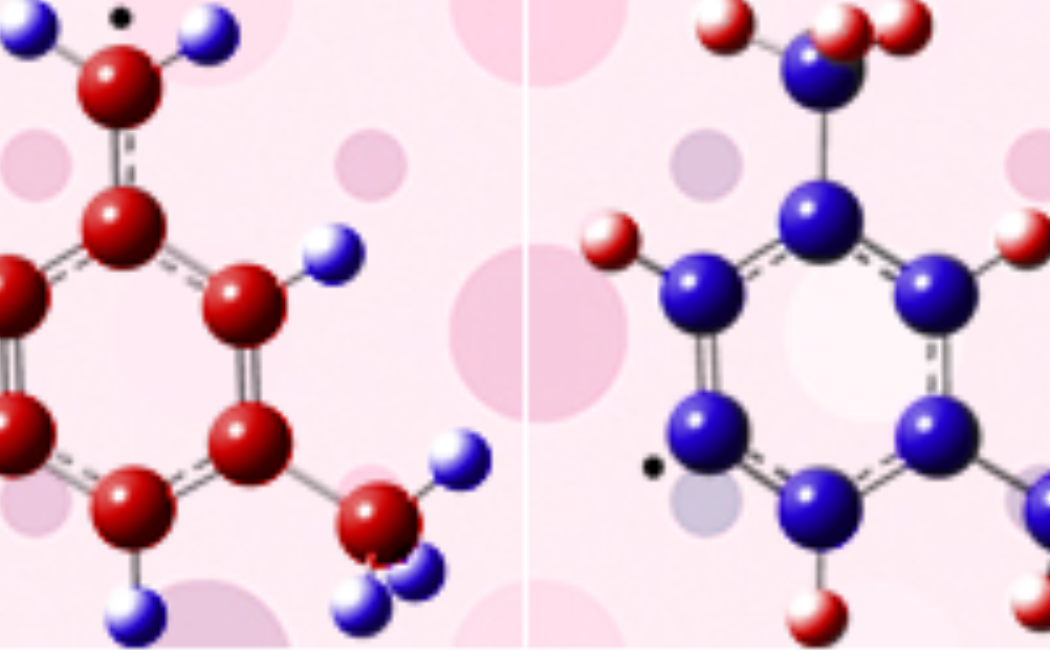


One of the principle objectives is to further investigate a new burner applying axial symmetrical curved wall jet employing two separate curved slits. The geometrical design is completely novel and is used to efficiently create a very strong recirculation zone on the burner tip via a pair of slits. The previous approaches to achieving strong recirculation resulted in flow separation; this new approach of using a curved spherical surface retards fluid separation and forms a strong recirculation zone close to the concave region. The described burner is completely novel, in terms of both its concept and design. The burner will be operated to stabilize non-premixed and premixed flames. This burner will be operated at high pressures (up to 40 bar) in the High Pressure Combustion Duct (described in Theme 1) to demonstrate it applicability to gas turbines. A key benefit to this design is in reducing the likelihood of explosion hazards as this burner prevents flashback in premixed systems because of the narrow slits the mixture exits. Also, this burner increases the fuel combustion efficiency through enhancing the reactants mixing.
Another objective of this research project is to answer the following key questions: can a net total pressure gain be achieved with a quasi-constant volume heat addition device operating at pressures relevant to gas turbine engines and does this operation lead to a reduction in harmful pollutants? It is expected that this will be achieved through demonstration of a net gain in total pressure across an isochoric combustor operating in an acoustically resonant, subsonic combustion mode, using both gaseous and liquid fuels while operating continuously at a pressure of 10 bar with heated inlet air corresponding to adiabatic compression to this pressure. This work will provide insight to the design, operation, and emissions characteristics of subsonic pressure gain combustion systems and, ultimately, bridge the gap between previous preliminary studies and the fundamental understanding necessary for practical implementation of this technology, technology which has the potential to bring very significant improvements to gas turbine efficiency, resulting in dramatic increases in fuel efficiency and reductions in the environmental impact (CO2, NOx, Soot) of gas turbine engines.
In addition, as compared to classical constant volume or constant pressure thermodynamic cycles, the detonation regime of combustion could increase by 40% the efficiency of engines. For a long time restricted to military applications, due to the global energetic issue, the civil applications of detonations have received in increasing interest during the last decade. One of the main challenges in this research field is to obtain a self-sustained detonation for practical fuel-oxidizer mixtures (e.g. kerosene-air), in a setup with typical dimensions comparable to those of a commercial gas turbine. In this context, we will investigate a new strategy for the enhancement of the deflagration to detonation transition (DDT).
Theme Leader: Roberts
Cha
Theme Leader: Roberts
Cha